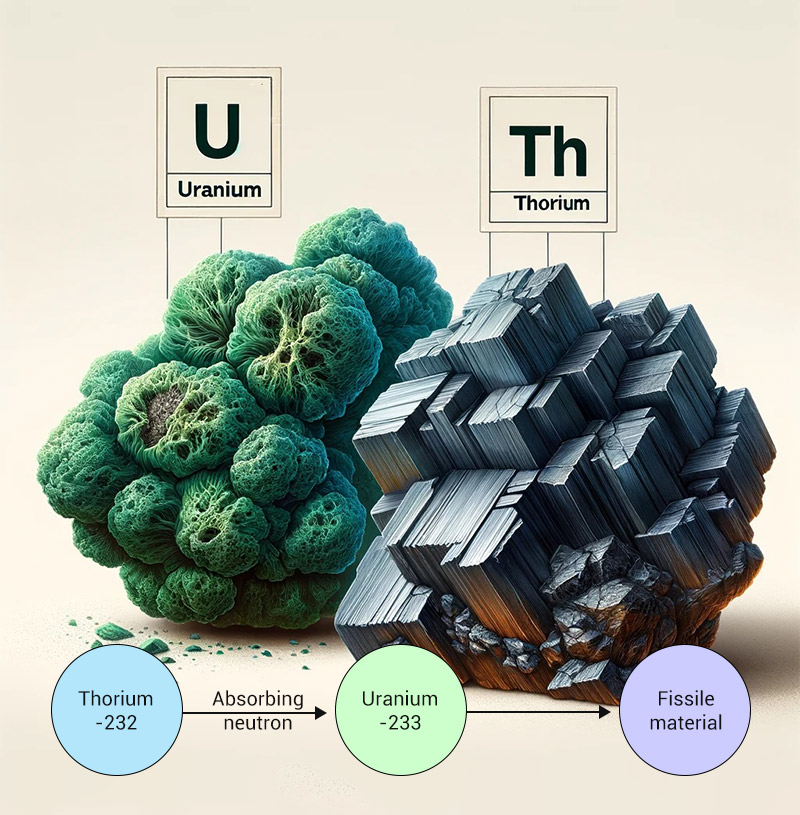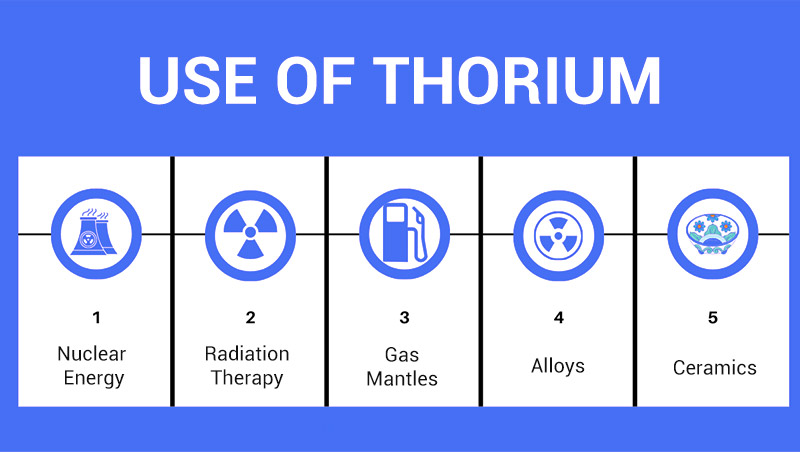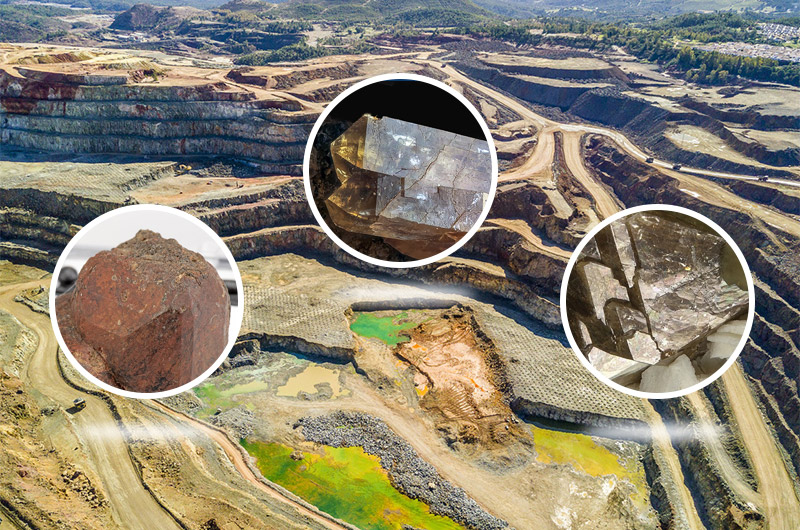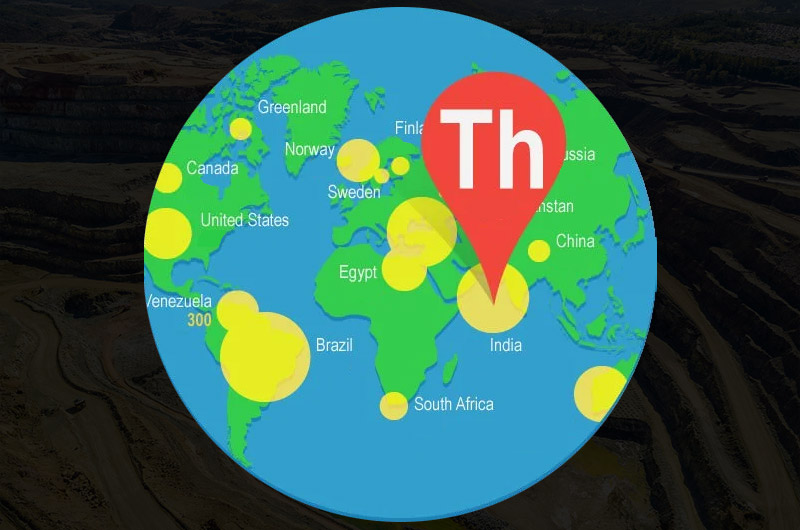Imagine a mysterious substance.
Named after the ancient Norse god of thunder, Thor.
With a content three times that of uranium in the Earth's crust.
The key to a new generation of cleaner, safer nuclear energy.
That substance is thorium.
Why has thorium garnered so much attention in recent years?
Join us on an adventure to uncover the lesser-known, fun facts about thorium.
Shining Thorium: The Radiant Element
Thorium was first discovered by the Norwegian chemist Morten Thrane Esmark in 1828. Its existence was later confirmed by the Swedish chemist Jöns Jakob Berzelius, who named it Thorium in honor of the Norse god of thunder, Thor.

Thorium, a radioactive metallic element with the chemical symbol Th and atomic number 90, has a shiny metallic luster and naturally occurs in stable forms. With a remarkable density of 11.7 g/cm3, it belongs to the actinide series on the periodic table.
The thorium family in nature primarily consists of four members: Th-232, Th-230, Th-229, and Th-228. With a half-life of 14 billion years, Th-232 makes uranium-235's 700 million-year half-life seem like child's play.
Its radioactive decay produces a series of daughter nuclides, ultimately decaying to stable lead.
Thorium transforms from shiny silver-white to mysterious grey, and even dramatic black when exposed to air, all due to its fascinating interaction with oxygen.
It boasts a melting point of up to 1750°C, and its boiling point reaches a staggering 4787°C, almost rivaling the scorching temperatures found on the surface of the sun.
Valuable Thorium: The Nuclear Energy "Dark Horse"
You might not know this, but in the early 20th century, thorium compounds were used for their unique luminescent properties in making glow-in-the-dark watch dials and early television cathode ray tubes.
However, as awareness of the radioactive hazards deepened, these "luminescent ghosts" gradually faded from the historical stage.
Thorium: The Future Star of the Nuclear World You May Not Know
When we talk about nuclear energy, many people immediately think of uranium. After all, uranium has been serving in nuclear power plants for many years.

A thrilling prospect for the future is using thorium as fuel for nuclear reactors. Thorium-232, when absorbing a neutron, converts into uranium-233, a fissile material for energy production in reactors, offering potential solutions for reducing nuclear waste and proliferation risks.
Why is thorium better than uranium?
- Abundant resources: Thorium reserves far exceed those of uranium, providing ample raw material assurance for future nuclear energy development.
- Enhanced safety: Thorium-based nuclear reactors produce less nuclear waste, with lower radioactivity and minimal pollution risk compared to uranium-based nuclear reactors.
- Recycling: Thorium-based reactors can also convert depleted uranium-238 into usable plutonium-239, thus facilitating resource recycling.
Thorium is not only a game-changer in the field of thorium nuclear energy, but also a secret weapon in multiple domains. This is because thorium dioxide has the highest melting point of all known oxides.

- Thorium is a key player in the manufacturing of high-strength, high-temperature-resistant alloys, alongside magnesium, aluminum, and titanium, particularly in the aerospace industry.
- Thorium compounds serve as catalysts in chemical reactions, simplifying processes such as petroleum refining.
- Radioactive isotopes of thorium have been instrumental in medical diagnostics and the treatment of bone cancer.
- Thorium compounds have also been instrumental in the production of ceramics, gas mantle covers, welding rods, and more.
Rare Thorium: A History of Mining
Thorium prefers to be found in the form of thorium dioxide (ThO2), often accompanied by rare earth elements and heavy metals, in phosphate rocks, granites, gneisses, as well as certain types of sandstones and limestones.
Thorium's favorite hangout is undoubtedly monazite, a complex phosphate mineral rich in cerium-group rare earth elements, and it serves as the primary hiding place for thorium.
Thorite, xenotime, zircon, and allanite are just a few of the places where thorium likes to lurk.

The average abundance of thorium in the Earth's crust is about 6 to 9 ppm (parts per million), slightly lower than uranium.
Due to the rarity of thorium and the difficulty of extraction, the cost of extracting thorium is far more expensive than uranium.
Where can thorium be found?
If you're looking for the most thorium-rich locations, India boasts the world's largest thorium reserves, particularly in the coastal beach sediments rich in monazite.
Brazil's northern regions, South Africa's rare earth mines, and Australia's heavy mineral sand deposits are also rich sources of thorium.

Additionally, countries such as Canada, Norway, Egypt, China, the United States, Russia, and Madagascar are also home to significant thorium deposits.
The mining and processing of thorium require several intricate procedures.
- Crushing and grinding: Physically breaking down and grinding monazite ore.
- Acid leaching: Dissolving thorium using acid solutions.
- Separation: Removing impurities through precipitation, extraction, or ion exchange.
- Purification: Purifying thorium through multiple chemical processing steps.
- Product formation: Sintering and crystallizing into oxides or fluorides.
Throughout this extraction journey, safety is always our top priority, ensuring that the extraction of thorium is both stimulating and secure.
Hazardous Thorium: A Potential Carcinogen
Despite thorium's long history of mining, it still raises concerns about its safety.

This stems from the labeling by the U.S. Department of Health and Human Services (DHHS) as a "potential carcinogen," revealing its lesser-known side—a lurking health threat.
If thorium dust or thorium powder enters the body through inhalation or ingestion, bypassing the skin or thin layers of material, and infiltrates our lungs or other organs, it can cause internal harm.
With prolonged close contact, it may unwittingly increase the risk of lung cancer, bone cancer, and other health issues.
Despite challenges, as technology advances and energy demands grow, thorium's global energy security importance rises, with FTM Machinery providing reliable production assistance.

